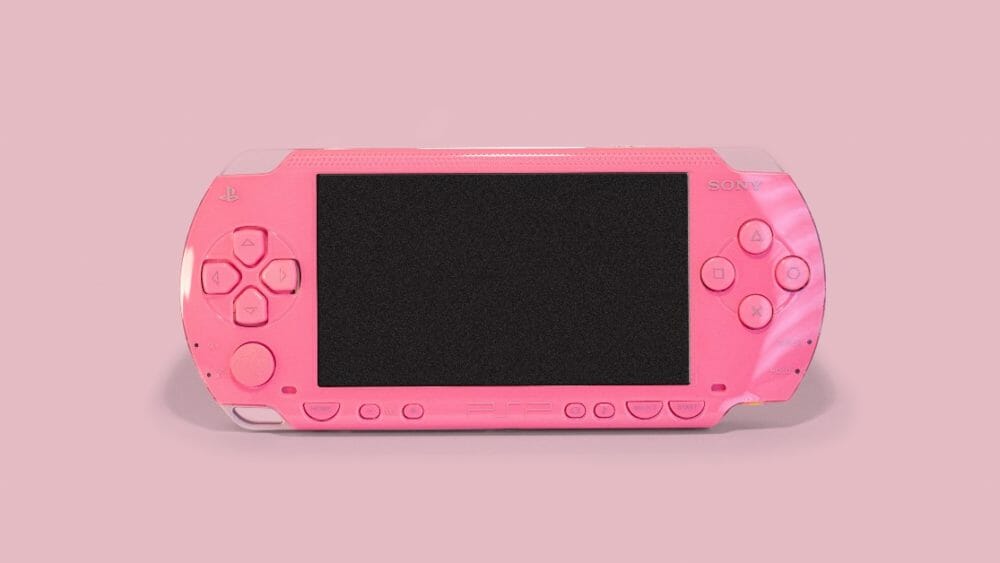What is gamification?
Gamification is the addition of game-like elements to experiences which traditionally do not involve fun or games. The aim is to make more serious aspects of a process more inviting and engaging, so that users will actively want to carry them out.
Gamification can be designed to achieve a variety of objectives. In the short term, a game can drive more frequent customer interactions with your brand. If successful, this will alter customer purchasing behavior and hopefully drive repeat purchases in the long term. Not only are games fun for players, but good for businesses too.
Increased customer-brand interactions
Companies with high churn rates might design a game that focuses on maintaining brand awareness and increasing customer-brand interactions. In a climate of high price sensitivity, brand loyalty is under increasing strain.
We already saw the ‘messy middle’ emerge at the center of the customer journey, where customers would explore and evaluate many different brands when considering a purchase. Now, this stage of the path to purchase is more likely to focus on price as a key driving decision factor above less-tangible product or service qualities.
A game that drives customer interest, as a form of entertainment as well as a form of product awareness, will keep the brand at the forefront of their minds before and during the purchase consideration phase. This is especially effective with existing customers who cost considerably less to convert than new ones. According to Harvard Business Review, gaining a new customer can be anywhere from 5 to 25 times more expensive than retaining an existing one.
Brand perception
Nike+ Run Club demonstrates a more IRL (in-real-life) form of gamification where members participate in physical challenges in order to win virtual badges and trophies. Members can then share their results on social media and with the rest of the Nike+ community, fueling the competition between users and continuing to build consumer perception of Nike as a symbol of sporting achievement.
Tag created a series of games for DHL around the Singapore Rugby 7s. The theme of the games was rugby and the prizes were tickets to future rugby tournaments. The aim of the gamification was to appeal to a younger audience and change their brand perception as a corporate B2B company.
Customer experience
Gamification is also a highly valuable tool for enhancing overall experience. Your audience’s motivation to complete less interesting tasks can be transformed with game mechanics. For example, LinkedIn uses a progress bar to encourage members to complete their profile, others use game-like objectives to encourage customers to collect loyalty rewards.
‘Shoppertainment’ as coined by Lazada, offers entertainment and commerce in equal parts. Creating a game that is actually fun and that users will want to come back to generally requires an entertainment-first design approach. Lazada does this with its ‘See Now, Buy Now’ technology that allows shoppers to buy products in real time as they watch a virtual fashion runway show.
As seen with Nike+ Run Club, brand games can create communities of users that form a valuable part of the connected customer experience. Social sharing within the community creates a sense of belonging and shared interests. Although brands can manage the direction of communities, often user-generated content and user-to-user interactions supersede marketing-driven initiatives within the community and offer insight into actual consumer preferences.
Although extrinsic motivators like rewards points are clear drivers of customer engagement, long term engagement needs to spark a fundamental intrinsic motivation from players. Nike+ demonstrates this by playing to people’s internal sense of challenging themselves and competing with others. The rewards and trophies are not the competition driver.
Long term objective-driven loyalty
Many brands see gamification as a way of incentivizing purchases and changing consumer behavior in the long run. Starbucks uses their mobile loyalty app to encourage customers to visit a certain number of times per week, or at a certain time of day to increase purchase frequency and alter purchasing habits. The company has seen incredible success as a result. In 2019, the Rewards Program accounted for 40% of total sales. Gamification of the rewards program also contributed to app users being 5.6 times more likely to visit a Starbucks every day.
The Starbucks Rewards Program uses customer data to personalize rewards based on typical purchases whilst encouraging an accompanying purchase. For example, if they usually get a cappuccino every morning, they will offer points for purchasing a cappuccino with a breakfast item. Using subtle offers to inspire exploration is a gentler way to influence customer behavior than generic offers and rewards.
Whether you are looking to implement gamification now, or just want a better understanding of how it could benefit your business, schedule a call with Tag to discuss how we can support you and your players.

Food Photography Tips & Tricks for Brands: Capturing Cravings and Conversions

Happy Halloween from THP a Tag Company!




Comments are closed.